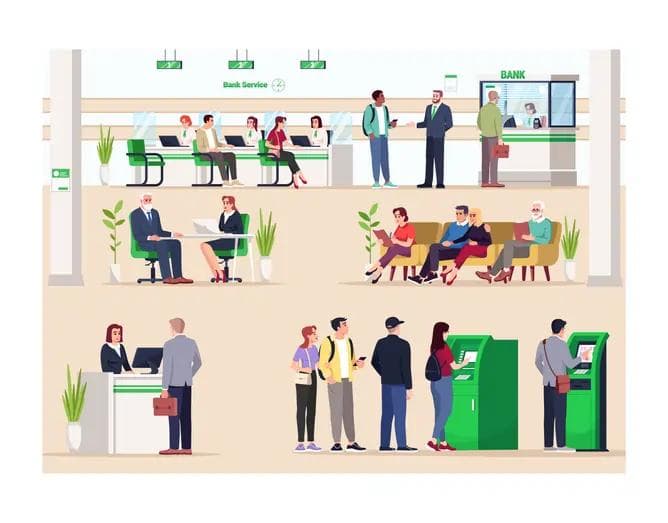Open Banking and VRPs
Open Banking and VRPs
Published by Jessica Weisman-Pitts
Posted on January 3, 2023

Published by Jessica Weisman-Pitts
Posted on January 3, 2023

By Chris Sweeney, CEO, Fiinu Plc
Open Banking, since its introduction in 2017, has been criticised by many for its failure to revolutionise banking in the UK, and abroad. The initiative is however leading to the development of a myriad of new technologies and businesses, some of which are among the biggest startups in the country. It is therefore no surprise that the topic of ‘The next big thing” within Open Banking is never far from the lips of founders, investors and commentators. 2023 and the next few years will reveal much of this, but one area we see as key is the introduction of Variable Recurring Payments (VRPs). This was released in Version 3.1.8 of the OBIE Standard and promises to enable a wide range of new functionality for customers to securely instruct and manage payments via open banking.
What are VRPs?
VRPs are a type of payment that allows customers to set up automatic, recurring payments that can vary in amount and frequency. They are typically used for subscriptions, memberships, or other ongoing payments, such as utility bills or rent. In the open banking environment, VRPs provide an alternative to traditional bank-to-bank payments and can offer a range of benefits for both consumers and small and medium-sized enterprises (SMEs).
This also potentially fixes a current flaw in Open Banking; in that it eliminates the 90-day strong customer authentication (SCA) consent issue. Currently, the SCA consent to share account information or payment initiation service processes must be renewed every 90 days. VRP includes a long-lived SCA which removes the 90-day SCA renewal, in other words, it allows customers to authorise third-party providers (TPP) to make variable (in either time or amount) payments from their account with long-lived SCA authorisation when setting it up.
One of the main benefits of VRPs for consumers is convenience. By setting one up, customers can automate their payments and avoid the need to manually process each one. This often saves time and effort and reduces the risk of missed or late payments. VRPs can also help consumers to better manage their finances, by allowing them to set limits on their payments or to cancel a VRP at any time.
For SMEs, VRPs can offer a number of advantages as well. By accepting VRPs, businesses can improve their cash flow and reduce the risk of missed or late payments. VRPs can also help businesses to better manage their customer relationships, by providing a simple and convenient way for customers to pay.
Why are VRPs useful?
One of the key features of the OBIE VRP standard is the ability to vary the payment amount and frequency. This means that customers can set up VRPs that can change over time, depending on their needs and circumstances. For example, a customer can set up a VRP to pay their monthly energy bill, with the amount varying depending on their usage.
VRPs are particularly useful in the context of Sweeping. This is a kind of payment where money is automatically moved from one account to the other. For consumers this could create opportunities to better manage their money, for example in automated saving. A consumer could set up a sweep to move excess cash in a current account into a savings account, where it can earn interest, and vice versa should the current account balance fall below a certain threshold.
This use case also holds for SMEs and other businesses. There is estimated to be £100 billion sitting in business current accounts not doing anything useful other than serving as a buffer to everyday costs. By using sweeping this, again, could be put to better use elsewhere or earn interest, without the risk of incurring cash flow issues.
VRPs and Sweeping can also be a useful tool in enabling what is known as an unbundling overdraft, something that we have been working hard on at Fiinu Bank in the form of our trademarked Plugin Overdraft®. This is one of many potential use cases that we feel will become more and more commonplace as 2023 progresses and Open Banking continues its rapid rise. The VRP enabled Plugin Overdraft could for instance be used to avoid missing a forthcoming standing order or a credit card payment, which if missed, could result in a fixed fee of £12 and a possible negative mark in the credit file.
As the Open Banking market continues to grow and evolve, we can expect to see more financial institutions and TPPs adopting VRPs as a key part of their payment offerings. We know already that it has a huge number of uses, and like anything I am sure that we will see many more developments that we can’t even imagine at this point, it is a massively exciting area.
Explore more articles in the Banking category











